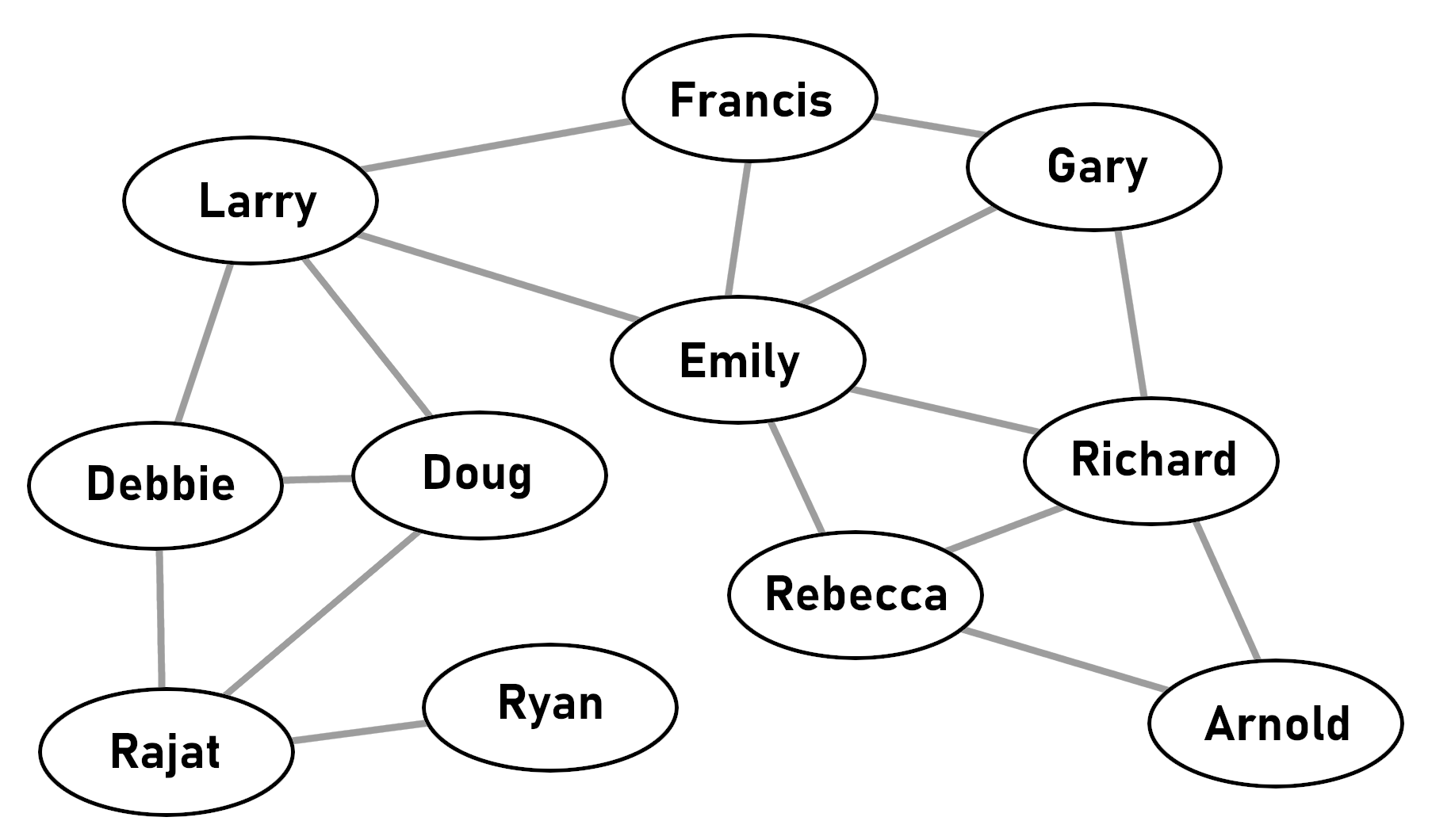Intriguingly, the realm of dreams offers a potential avenue for shared experiences beyond the boundaries of waking life. This article delves into the captivating concept of mutual dreaming, where individuals explore the collective possibility of sharing dreams with one another.
Varieties of Shared Dreaming Experiences

In exploring the collective possibility of mutual dreaming, it is important to understand the varieties of shared dreaming experiences. These experiences can range from simple, nonverbal communication during a dream to more complex interactions where individuals consciously engage with each other in a shared dream space. Some people may experience a lucid dream where they are aware they are dreaming and can actively communicate with others. Others may have a shared emotional experience or a sense of empathy with someone else’s dream.
Techniques such as meditation, visualization, and dream incubation can be used to enhance the likelihood of shared dreaming. While the scientific theory behind shared dreaming is still being explored, keeping a dream diary and practicing techniques for lucid dreaming can help develop the skill of experiencing shared dreams.
Spiritual Significance and Interpretations
In the realm of mutual dreaming, there is a deep spiritual significance and a multitude of interpretations to explore. The concept of a collective unconscious and communication beyond the physical world comes into play. Lucid dreams can provide a unique opportunity to tap into a higher level of consciousness and engage in nonverbal communication. This opens the door for personal development and a greater understanding of the mind and unconscious. Through practices like meditation and visualization, one can enhance their emotional intelligence and tap into the power of intention. The phenomenon of mutual dreaming raises questions about the nature of time, space, and our understanding of the universe.
By keeping a dream diary and practicing dream incubation, individuals can develop their psychic abilities and evolve their dream skills. Ultimately, mutual dreaming is a tool that can unlock the energy and potential within ourselves and connect us to a collective consciousness.
Historical Perspectives on Shared Dreaming

Throughout history, there have been numerous accounts and observations of shared dreaming experiences. These phenomena have fascinated individuals from various cultures and backgrounds, sparking curiosity and exploration. From ancient civilizations to modern times, shared dreaming has been documented and studied, providing glimpses into the depths of the human mind and the potential for collective consciousness.
Ancient civilizations, such as the Egyptians and Native Americans, believed in the power of dreams and their ability to connect individuals on a spiritual level. These cultures practiced rituals and techniques to induce lucid dreams and explore the collective unconscious. Similarly, in modern times, psychologists and scientists have delved into the realm of shared dreaming, using it as a tool for personal development and understanding the complexities of the mind.
The concept of shared dreaming raises intriguing questions about the nature of reality, the interconnectedness of individuals, and the possibilities of telepathic communication. Some theories suggest that during sleep, the unconscious mind becomes more active, allowing for a deeper connection and synchronization of thoughts and emotions. This phenomenon has been likened to a neural oscillation, where individuals’ brains become attuned to one another, creating a shared dream sequence.
While shared dreaming may still be considered a controversial topic in scientific circles, there is growing evidence and research suggesting its validity. Through the use of advanced technologies and techniques such as hypnosis and visualization, scientists have been able to study the brain activity and energy patterns of individuals during shared dreaming experiences.
The exploration of shared dreaming holds immense potential for personal growth, empathy, and understanding. By tapping into the collective possibility of mutual dreaming, individuals can gain insights into their own thoughts, emotions, and subconscious desires. Additionally, shared dreaming may serve as a platform for enhanced emotional intelligence and communication skills, allowing for a deeper connection and empathy with others.
Neuroscientific Insights into Shared Dreams
Neuroscientific research offers intriguing insights into the phenomenon of shared dreams. By studying the brain’s neural oscillations during sleep, scientists have discovered possible mechanisms that could explain the occurrence of mutual dreaming. These oscillations, which play a crucial role in regulating sleep and dreaming, may facilitate a level of synchronization between the brains of individuals that enables shared dream experiences.
Additionally, the concept of lucid dreaming, where individuals have awareness and control within their dreams, may also contribute to the possibility of mutual dreaming. The unconscious mind, which is active during sleep, may hold hidden connections between individuals that manifest in shared dreams.
While the exact mechanisms and scientific theories behind shared dreams are still being explored, it is fascinating to consider the potential for telepathic communication, visualization, and the power of intention in shaping these experiences. As we delve deeper into the mysteries of the sleeping mind, we may uncover a greater understanding of the human psyche, consciousness, and the interconnectedness of our experiences in this vast universe.
Expert Theories on Dream Interconnectivity

Expert theories on dream interconnectivity suggest that there is a collective possibility of mutual dreaming. Some researchers believe that through practices like lucid dreaming, individuals can potentially connect and share experiences in their dream states. This theory is rooted in the idea that dreams are not solely individual experiences, but may also have the potential to be shared. The concept of telepathy and the ability to transmit thoughts and emotions during dreams is also explored.
While some scientists remain skeptical, others argue that the study of dream interconnectivity could shed light on various aspects of human consciousness and the nature of reality. Exploring the collective possibility of mutual dreaming continues to be a subject of interest and research within the scientific community.
The Role of Lucid Dreaming Techniques
Lucid dreaming techniques play a pivotal role in exploring the collective possibility of mutual dreaming. By attaining lucidity in dreams, individuals gain the ability to control and direct their dream experiences. This opens up a realm of possibilities, including the potential for mutual dreaming with others. Utilizing techniques such as reality checks, dream journaling, and visualization can enhance lucid dreaming skills. It is believed that emotions, thoughts, and intentions play a crucial role in establishing connections and communication during mutual dreaming. While the scientific theory behind mutual dreaming is still being explored, many people have reported successful experiences.
By honing these skills, individuals can unlock the potential for shared dream sequences and deeper connections with others. To delve further into this fascinating topic, check out our blog or feel free to ask any questions.
Environmental and Psychological Influences

Environmental and psychological influences play a crucial role in the exploration of mutual dreaming. Understanding these factors can help individuals enhance their ability to have shared dreams. Lucid dreaming techniques can be used to consciously control and direct dreams, allowing for more meaningful interactions. Emotions and thoughts have a significant impact on dream experiences, as they shape the dream content and atmosphere. Techniques such as hypnosis and visualization can assist in achieving a receptive state for mutual dreaming.
Exploring the concept of telepathy and its potential role in shared dreams opens up possibilities for deeper connections. Considering the influence of time, neural oscillations, and the evolution of consciousness can provide valuable insights into the phenomenon. Researchers and dream enthusiasts continue to explore this fascinating field, with the goal of unlocking the secrets of mutual dreaming.
Enhancing Self-Discovery through Dreaming

Enhancing self-discovery through dreaming is an intriguing concept that holds the potential for personal growth and understanding. By exploring the collective possibility of mutual dreaming, individuals can tap into an expansive realm of exploration and connection. Lucid dreaming, where one becomes aware they are dreaming, allows for deliberate engagement with dream content and the opportunity to delve deeper into the self. Emotions, thoughts, and visualizations experienced during these dreams can provide valuable insights and introspection.
This skill, once honed, can open up new avenues for self-exploration and even spiritual growth. While the history and scientific understanding of dreaming are still evolving, delving into the collective possibility of mutual dreaming offers an exciting opportunity for personal development and connection with others.
Strengthening Connections in the Dream World

Strengthening connections in the dream world holds immense potential for exploring the collective possibility of mutual dreaming. Through the practice of lucid dreaming, individuals can actively engage with one another in a shared dream space. This opens up avenues for deepening emotional connections, exchanging thoughts and ideas, and even harnessing psychic abilities. Visualization techniques, such as using graphics or guided imagery, can enhance the clarity and vividness of dream experiences. Scientists studying neural oscillations and the evolution of consciousness are intrigued by the implications this holds for our understanding of the mind. By setting a clear intention and regularly documenting dream sequences, individuals can actively contribute to the exploration of mutual dreaming and share their experiences on blogs or in forums.
Have a question about this fascinating phenomenon? Join the conversation and uncover the collective potential of the dream world.
Myths and Realities of Dream Sharing
Dream sharing has long been a topic of interest, but it’s important to separate myths from realities. Lucid dreams are often associated with dream sharing, but they are not a requirement. Emotions play a crucial role in dreams, and they can also affect dream sharing experiences. Visualization, whether through graphics or mental imagery, can enhance the clarity and detail of shared dreams. Thought and neural oscillation are believed to be key factors in dream telepathy, but more research is needed to fully understand the mechanisms.
While some scientists are skeptical, others are intrigued by the possibilities. The ultimate goal of dream sharing is to explore the collective potential of our dreams and gain insights into the human mind. Whether through a blog or by asking questions, engaging in discussions about dream sharing can lead to a deeper understanding of this intriguing phenomenon.
Addressing Skepticism and Controversies
While the concept of mutual dreaming may raise skepticism among some, it is essential to address the concerns and controversies surrounding it. Critics argue that the idea of sharing dreams is nothing more than wishful thinking or an elaborate illusion. However, numerous lucid dreamers have reported successfully connecting with others in their dreams, sharing identical experiences and vivid details.
To address skepticism, scientific researchers have delved into this phenomenon, exploring the intricate connection between emotion, visualization, and thought. By analyzing dream sequences and studying brain activity during these shared experiences, scientists aim to provide concrete evidence of the collective possibility of mutual dreaming.
As the scientific community continues to study this fascinating subject, it is important to approach the topic with an open mind and ask critical questions. How can we differentiate a genuine shared dream from a mere coincidence? What factors contribute to successful mutual dreaming? By addressing these controversies and seeking answers, we can better understand the potential of mutual dreaming and its impact on our collective consciousness.
Navigating FAQs on Dream Interconnectivity

1. How can I achieve lucid dreaming?
To achieve lucid dreaming, practice reality checks throughout the day and keep a dream journal. Additionally, try techniques like the Mnemonic Induction of Lucid Dreams (MILD) or Wake-Back-to-Bed (WBTB) to increase your chances of becoming aware within your dreams.
2. Can emotions affect dream interconnectivity?
Yes, emotions play a significant role in dream interconnectivity. Strong emotions can impact the intensity and clarity of a shared dream experience. It is important to maintain a positive mindset and manage emotions effectively to enhance dream connectivity.
3. Are there any visualization techniques to enhance dream experiences?
Yes, visualization can be a powerful tool for enhancing dream experiences. Practice visualizing specific dream scenarios or objects before sleep to increase the likelihood of experiencing them in your dreams. Creating mental graphics can help you manifest your desired dreamscape.
4. Have scientists studied dream interconnectivity?
While dream interconnectivity is a fascinating field, scientific research in this area is still limited. However, some researchers have explored aspects of shared dreaming and the potential for mutual dreaming experiences. Stay tuned for future developments in this field.
Embracing Dreaming as a Spiritual Practice
Embracing dreaming as a spiritual practice opens up a world of possibilities. Through the process of lucid dreaming, we can tap into our subconscious and explore the depths of our spirituality. By cultivating a connection between our dreams and our spiritual journey, we can gain valuable insights and guidance. Visualizing our dreams through graphics or meditation can enhance our understanding of the messages they hold.
Scientists have even explored the potential of mutual dreaming, where two or more people share a dream sequence. This phenomenon raises fascinating questions about the collective consciousness and the power of human connection. Embrace the transformative power of dreaming and unlock the spiritual potential within you.